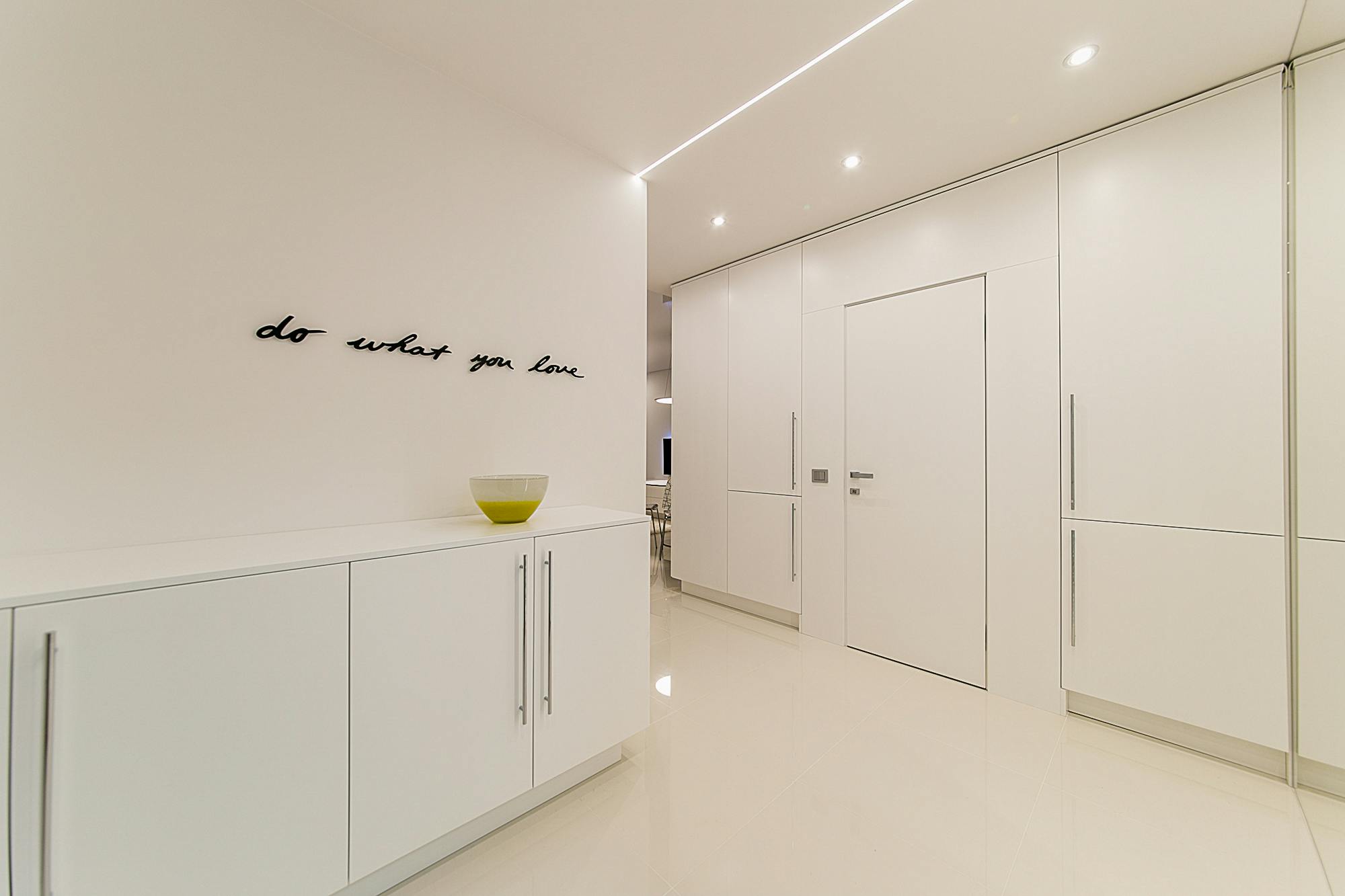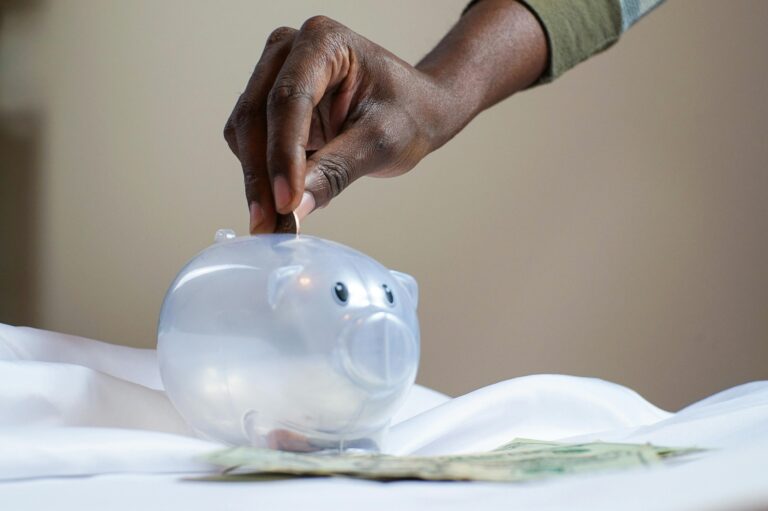Have you ever looked around your home and thought, “How did I end up with so much… stuff?” Maybe you’ve been tempted by the minimalist lifestyle—but part of you worries that it means giving up too much, living less fully, or losing the comforts you love. That quiet hesitation? It’s valid. No one wants to feel like they’re living in a half-empty house or saying no to everything fun.
But what if minimalism wasn’t about restriction at all? What if it was about revealing what truly matters—so you can experience more peace, more freedom, and yes, more joy?
Minimalism isn’t about less for the sake of less. It’s about clearing space for what actually lights you up. In this article, we’ll walk through how to start small, make it sustainable, and build a simpler, more intentional life—without feeling like you’re missing out.
Let’s get started.
1. Why Less Can Actually Mean More
Minimalism isn’t about sacrificing your comfort—it’s about finally breathing in your own space again. When our lives are stuffed with things—purchases we regret, clothes we don’t wear, obligations we didn’t choose—it becomes harder to enjoy the things that really matter.
Owning less means you spend less time organizing and more time doing. Fewer clothes? Less laundry. Fewer gadgets? Less maintenance. Fewer decisions? Less stress. Imagine your home as a calm, uncluttered space that helps you focus, recharge, and feel proud to walk into. That’s the true gain.
When you strip away the unnecessary, you don’t end up with less life—you end up with more space for life.
2. The Psychology Behind “Missing Out”
That little voice whispering, “But what if I need it?” or “Won’t I regret letting this go?” is your brain’s way of protecting you. We’re wired to cling to what we have, even when it no longer serves us. Add in the pressure of curated social media posts and ads promising happiness in a box, and it’s no wonder minimalism feels risky.
But here’s a reframe: is the clutter really serving you—or just keeping you stuck? Choosing minimalism isn’t about “going without.” It’s about having only what enhances your life. If something adds joy, ease, or meaning, it stays. Everything else? It’s taking up space you could be using for peace, creativity, or connection.
3. Start Where You Are: Small Shifts, Big Impact
You don’t need to sell all your possessions or move into a tiny home to be a minimalist. You can start exactly where you are, with what you already have.
Begin with one drawer. One corner of the closet. One shelf in the fridge. Set a timer for 10 minutes. Ask yourself, “Do I actually use this? Do I enjoy it?” If not, set it aside. No guilt. No pressure. Just curiosity.
The goal isn’t to live with the bare minimum. It’s to feel good in your space, with your stuff. Every small step makes the next one easier. Momentum builds clarity.
4. What Sparks Joy? (A Nod to Marie Kondo)
Marie Kondo made a powerful point when she asked us to keep only what “sparks joy.” But if that phrase feels too poetic or confusing, think of it this way: “Does this item support the life I want to live?”
Maybe you don’t feel joy holding a spatula—but if it helps you cook meals at home, it supports your values. That counts. Joy can mean comfort, usefulness, peace, or pride.
Use Marie’s principle as a guide, not a rule. You don’t have to empty every drawer or thank your socks. Just be honest. You deserve a home filled only with what loves you back.
5. Declutter With a Purpose, Not Pressure
Minimalism isn’t a race to empty shelves. It’s a mindful practice of releasing what no longer fits who you are.
Start by letting go of guilt: you are not your stuff, and your worth isn’t measured by how much you keep. Instead, ask, “What do I actually use? What feels aligned with my life today?” That sweater from five years ago might’ve once been “you,” but if it no longer fits—literally or metaphorically—it’s okay to let it go.
To avoid overwhelm, declutter in batches: one room, one category, or one hour at a time. You’re not just tidying—you’re redefining your space and yourself.
6. Minimalism in Daily Life: More Than Just Stuff
Minimalism isn’t just about what’s on your shelves—it’s about what’s on your calendar, in your inbox, and in your head.
Do you say “yes” to events out of obligation? Do you scroll for hours because your mind feels too full to rest? Minimalism can help here too. When you simplify your time and digital space, you get mental clarity and emotional energy back.
Try streamlining your to-do list. Unsubscribe from newsletters you never read. Leave group chats that stress you out. Make room in your life for what brings joy, connection, and peace—not just what demands your attention.
7. When Others Don’t Get It
Not everyone will understand why you’re downsizing your wardrobe or skipping the latest trends. And that’s okay.
You might hear comments like, “You used to love shopping!” or “Are you really not replacing that couch?” These reactions often say more about their values than your choices.
You don’t owe anyone an explanation—but if you want one, try saying: “I’m trying to live more intentionally and only keep what really supports me.” Keep it simple, kind, and firm.
Remember: your life is yours. Minimalism is deeply personal. Permission isn’t required.
8. The Hidden Rewards of Simpler Living
People often expect minimalism to feel restrictive—but what surprises many is the freedom it brings.
With fewer things, you spend less time managing your life and more time living it. Decisions get easier. You rediscover hobbies. You connect more deeply with people. You start noticing little joys—sunlight on the floor, a quiet moment, a freshly made bed.
One woman stopped buying clothes for a year and realized she felt more confident than ever. Another deleted half her apps and found herself reading again. These aren’t sacrifices—they’re returns to self.
When life gets simpler, what matters gets clearer.
9. Redefining “Enough” on Your Own Terms
At the heart of minimalism is one brave question: What’s enough—for me?
Not what influencers say. Not what your neighbor has. Not what a magazine spread shows. You get to decide what fills your life—physically, emotionally, financially.
Ask yourself: What do I actually need to feel peaceful? What do I want more of (time, energy, space)? What do I want less of (clutter, stress, pressure)?
When you define “enough” by your own standards, you free yourself from the constant race for more. And in that space? You might just find the life you’ve been chasing.
Reclaiming Your Life, One Choice at a Time
Let’s be honest—simplifying your life isn’t always simple. There are doubts. Emotions. Pushback from others. That quiet voice saying, “But what if I regret it?”
Here’s what you won’t regret: finally feeling clear, light, and free in your own space. Finally knowing that everything you own has a purpose—and so do you.
Minimalism isn’t about living with nothing. It’s about living with intention. It’s about discovering how full your life can feel when it’s not overflowing.
So don’t wait for a perfect moment to begin. Start with one drawer, one choice, one breath of clarity—and build from there.
You’re not missing out. You’re just getting started.
great article!






Leave a Reply